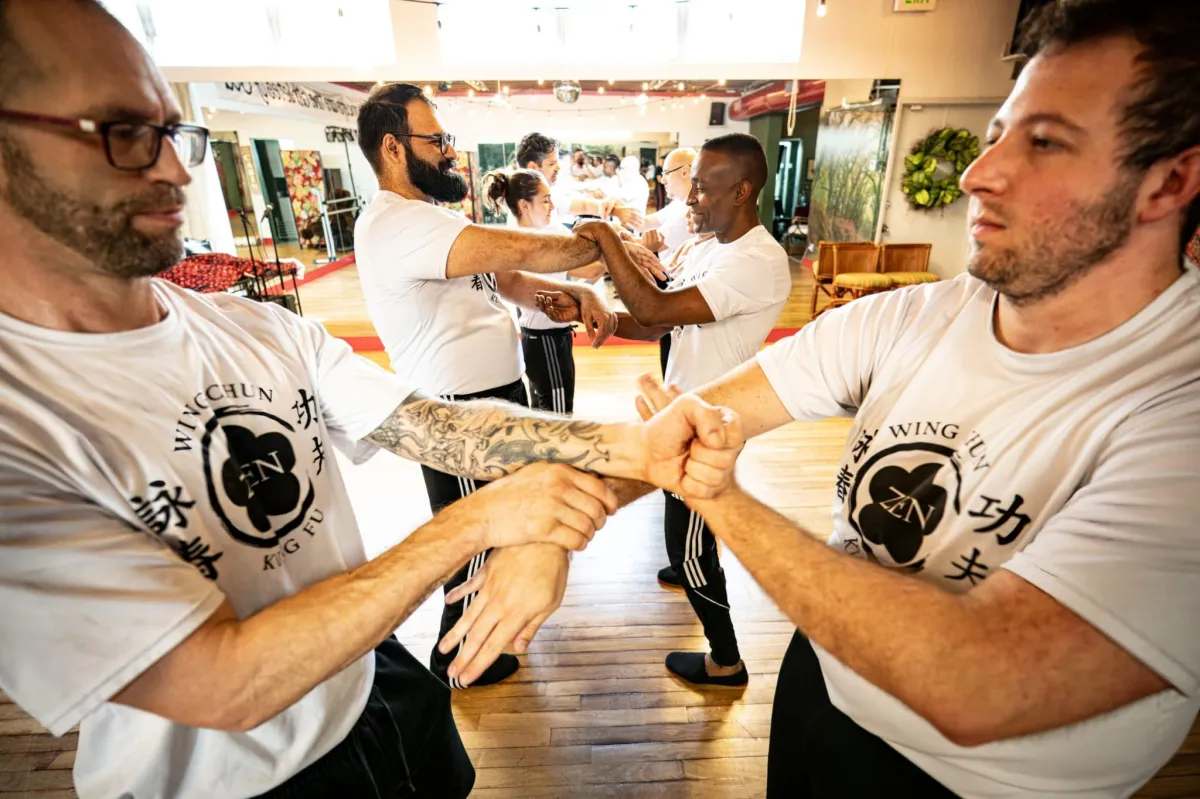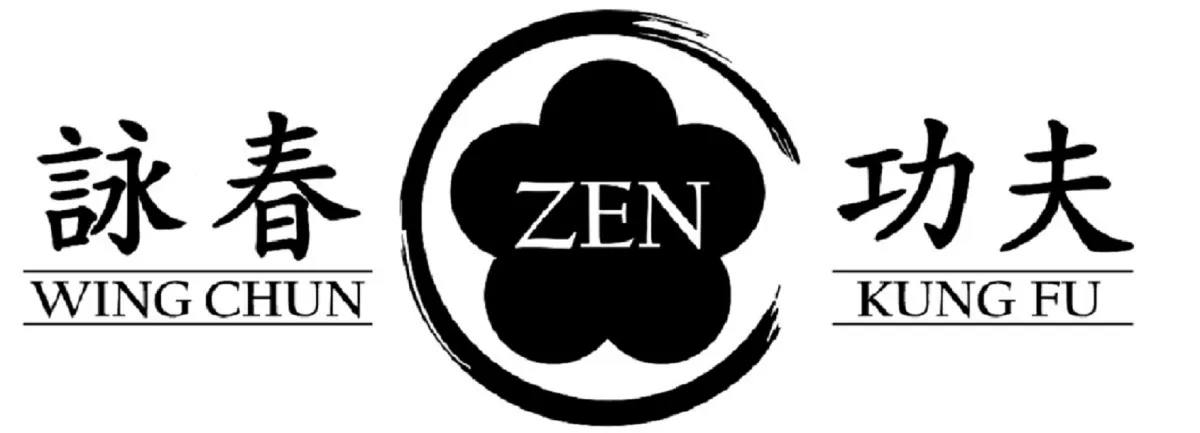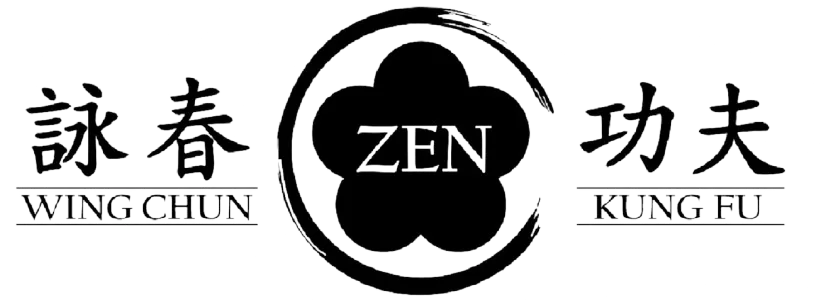WING CHUN AND SELF DEFENSE; ADVICE, FOR REAL LIFE SCENARIOS

In a world where personal safety is paramount, the quest for effective self-defense skills has never been more crucial. While numerous martial arts claim to offer practical self-defense techniques, Wing Chun stands out as a formidable system renowned for its efficiency, adaptability, and real-world applicability. In this article, we delve into the essence of Wing Chun and uncover its unparalleled effectiveness in real self-defense situations.
**Understanding Wing Chun;
Originating from Southern China, Wing Chun is a martial art that prioritizes simplicity, directness, and economy of motion. Developed by a woman named Yim Wing Chun, the art emphasizes practical techniques that can be applied effectively by individuals of all sizes and strengths. Unlike many traditional martial arts, Wing Chun dispenses with flashy movements and complex forms, focusing instead on close-quarters combat and rapid, decisive strikes.
**Core Principles of Wing Chun;
At the heart of Wing Chun lie several core principles that underpin its effectiveness in self-defense scenarios:
Centerline Theory: Wing Chun practitioners learn to control the centerline—the imaginary line running down the center of the body—both defensively and offensively. By maintaining control of the centerline, practitioners can intercept and neutralize attacks while simultaneously delivering powerful strikes to vital targets.
Simultaneous Attack and Defense: Wing Chun techniques are designed to combine defense with offense seamlessly. Practitioners learn to intercept incoming attacks while simultaneously launching counterattacks, creating a continuous flow of defensive and offensive movements that keeps opponents off balance and unable to mount an effective offense.
Economy of Motion: Wing Chun prioritizes efficiency and economy of motion, eliminating unnecessary or wasteful movements. Techniques are streamlined and direct, allowing practitioners to respond swiftly and decisively to threats without expending unnecessary energy or telegraphing their intentions.
Sensitivity and Relaxation: Wing Chun training emphasizes sensitivity to touch and the ability to feel and respond to an opponent's movements in real-time. Practitioners develop a heightened sense of awareness and relaxation, enabling them to flow effortlessly with the dynamic nature of combat and adapt to changing circumstances with ease.
Real-Life Application: In real self-defense situations, Wing Chun shines as a practical and effective system for neutralizing threats and protecting oneself. Its emphasis on close-range combat, rapid strikes, and simultaneous attack and defense make it ideally suited for close-quarters encounters, where traditional martial arts may falter. Whether facing a single assailant or multiple attackers, Wing Chun equips practitioners with the tools and techniques needed to prevail in a variety of scenarios.
Conclusion: Wing Chun's emphasis on practicality, efficiency, and adaptability makes it a formidable system for real self-defense. By mastering its core principles and techniques, practitioners can develop the skills and confidence needed to protect themselves and their loved ones in today's unpredictable world. As the ultimate goal of any martial art is to empower individuals to defend themselves, Wing Chun stands as a beacon of practicality and effectiveness in the realm of self-defense.
Quick Links

Pompano Beach:
230 S Cypress Rd Suite H, Pompano Beach, FL 33060
Cooper City:
10400 Griffin Road, Cooper City, FL33328
Contact
info@zenwingchun. org
+1 954-399-0548
Quick Links

Pompano Beach:
230 S Cypress Rd Suite H, Pompano Beach, FL 33060
Cooper City:
10400 Griffin Road, Cooper City, FL33328
Contact
info@zenwingchun. org
+1 954-399-0548
© 2024 ZEN WING CHUN KUNG FU.ALL RIGHTS RESERVED.
